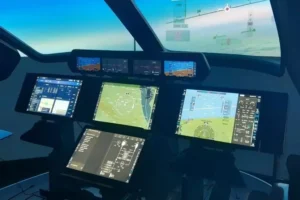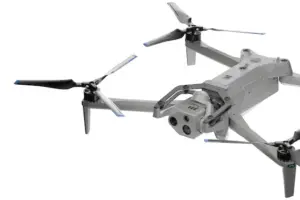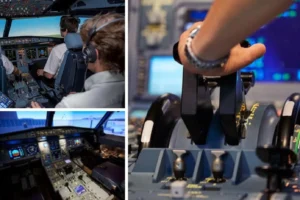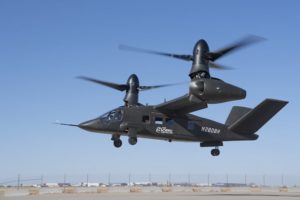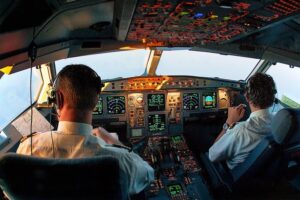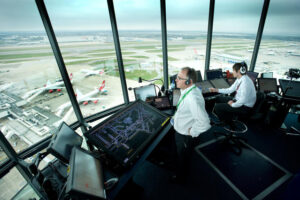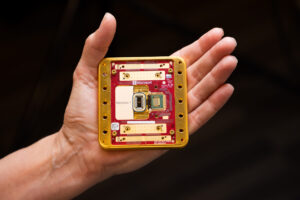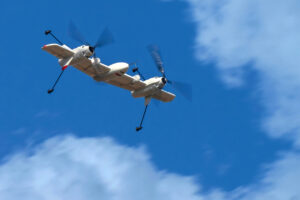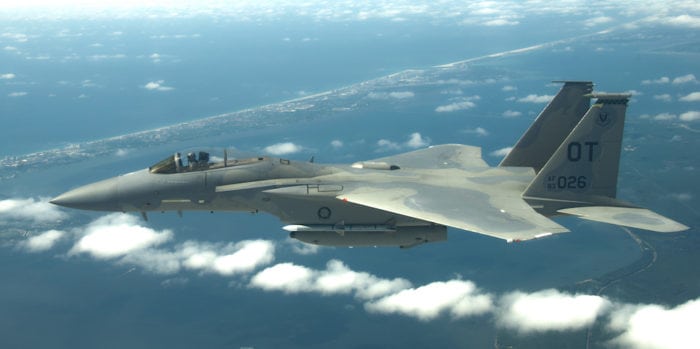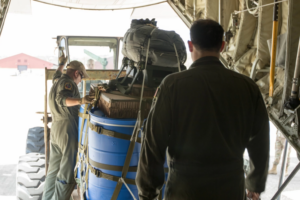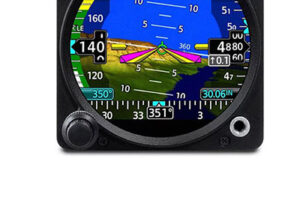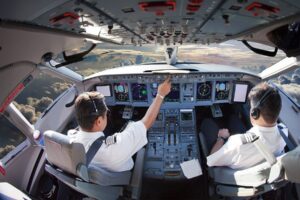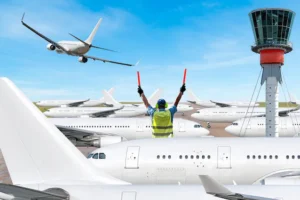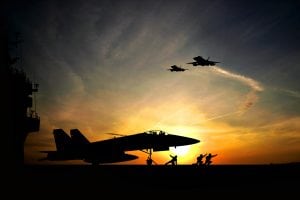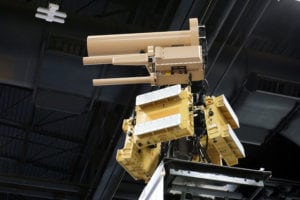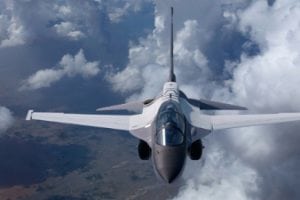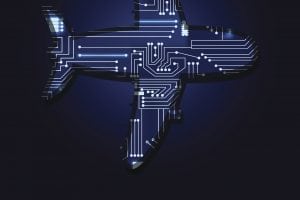CCA Challenge: Accommodating Sensor Processing to Meet Size, Weight, Power, Cost Goals
By Frank Wolfe | December 5, 2024
Send Feedback
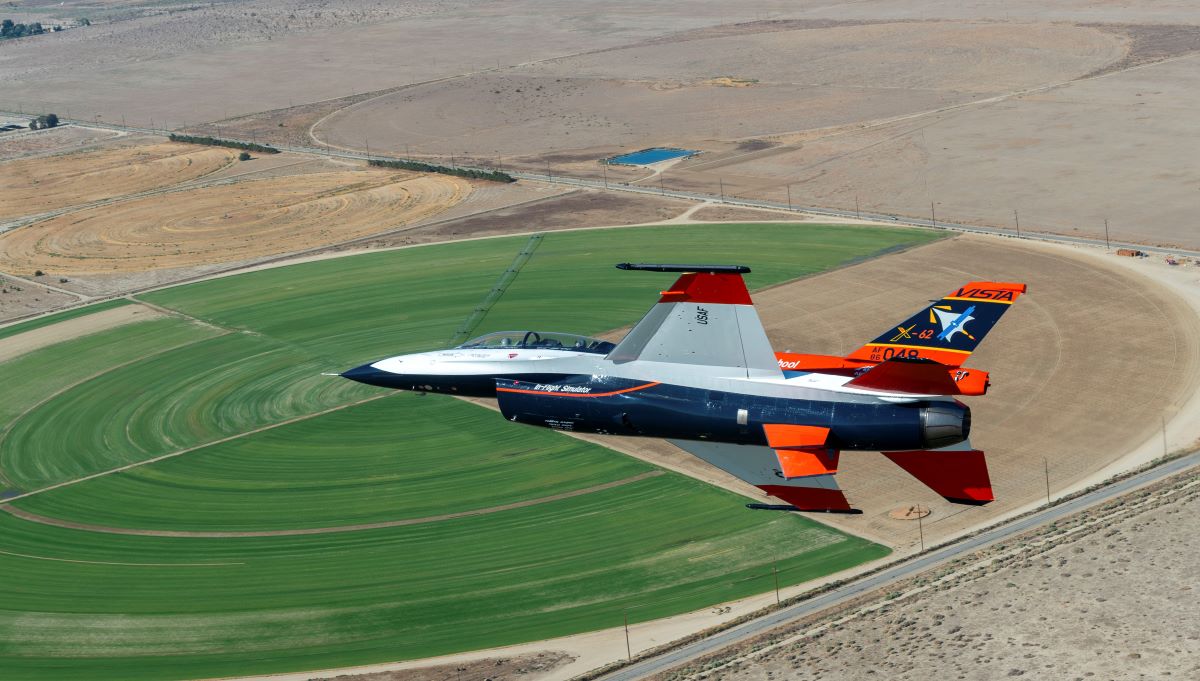
Pictured is the X-62A Variable Stability In-Flight Simulator Test Aircraft (VISTA) flying over Palmdale, Calif. on Aug. 26, 2022 (U.S. Air Force Photo)
The U.S. Air Force’s future Collaborative Combat Aircraft (CCA) may need a significant amount of processing power for sensors and mission autonomy, and the service and industry thus face a challenge of ensuring that the drones meet size, weight, and power constraints at an Air Force targeted unit cost of $30 million or less.
“When you start talking about, on the sensor processing side, [the need for] 20 to 25 teraflops, each teraflop is one trillion calculations in a second, ” Mike Shortsleeve, the vice president of strategy and business development at General Atomics Aeronautical Systems, said at the Mitchell Institute for Aerospace Studies’ inaugural Future of Airpower forum last Wednesday.
“That’s huge–just on the sensor side, dig through the clutter, find out what it [the object] is…a lot of compute processing power,” he said. “Things have gotten better–smaller, cheaper–to be able to do things, but, for us, the big aspect of this is on the sensing side where the bulk of that processing is gonna take place. What we have done, from a surrogate testing perspective, with this is we’ve looked at putting processing on one aircraft, and it feeds the others [aircraft]. We’ve done this in a live, virtual construct as well.”
“We’re trying to figure out different ways to make that happen,” he said of reducing SWaP-C–size, weight, power and cost–for CCA. “Processing, while the outlook is good, is still challenging.”
In April, the Air Force said that it had chosen General Atomics and another privately-held drone maker, Anduril Industries, for the first round of CCA–the so-called Increment 1. General Atomics offered its Gambit design and Anduril its Fury.
The first CCAs are to be air-to-air, but others may be those for intelligence or jamming missions. The Air Force has said that it plans to field 150 CCAs in the next five years to complement F-35s and possibly other manned fighters, including a manned Next Generation Air Dominance aircraft and the F-15EX.
The Air Force is refining its concept for CCA Increment 2 and has announced a buy of more Increment 1 CCAs.
“There is a huge opportunity to talk about data links [for CCA],” Mike Benitez, Shield AI‘s senior director of strategic product development and a former Air Force F-35 pilot, said at the Mitchell forum. “The data is so important. If you can make sense of that on something like a Wedgetail, an F-35, or an F-22, you can push that perception of the environment to the cognition core [on CCA], that is the real power of how you break the cost curve of these [CCA] platforms. Otherwise, you’re just going to have an unmanned F-35.”
Over the last four years, the Lockheed Martin X-62 Variable In-flight Simulation Test Aircraft (VISTA)–an autonomous F-16–flew more than a dozen dog fights in tests with traditional fighters in DARPA’s Air Combat Evolution experiments, and, though the X-62 had no “perception” sensors of its own, it received situational awareness data about where the “bandits” were over a data pod on the X-62’s wing, Benitez said.


